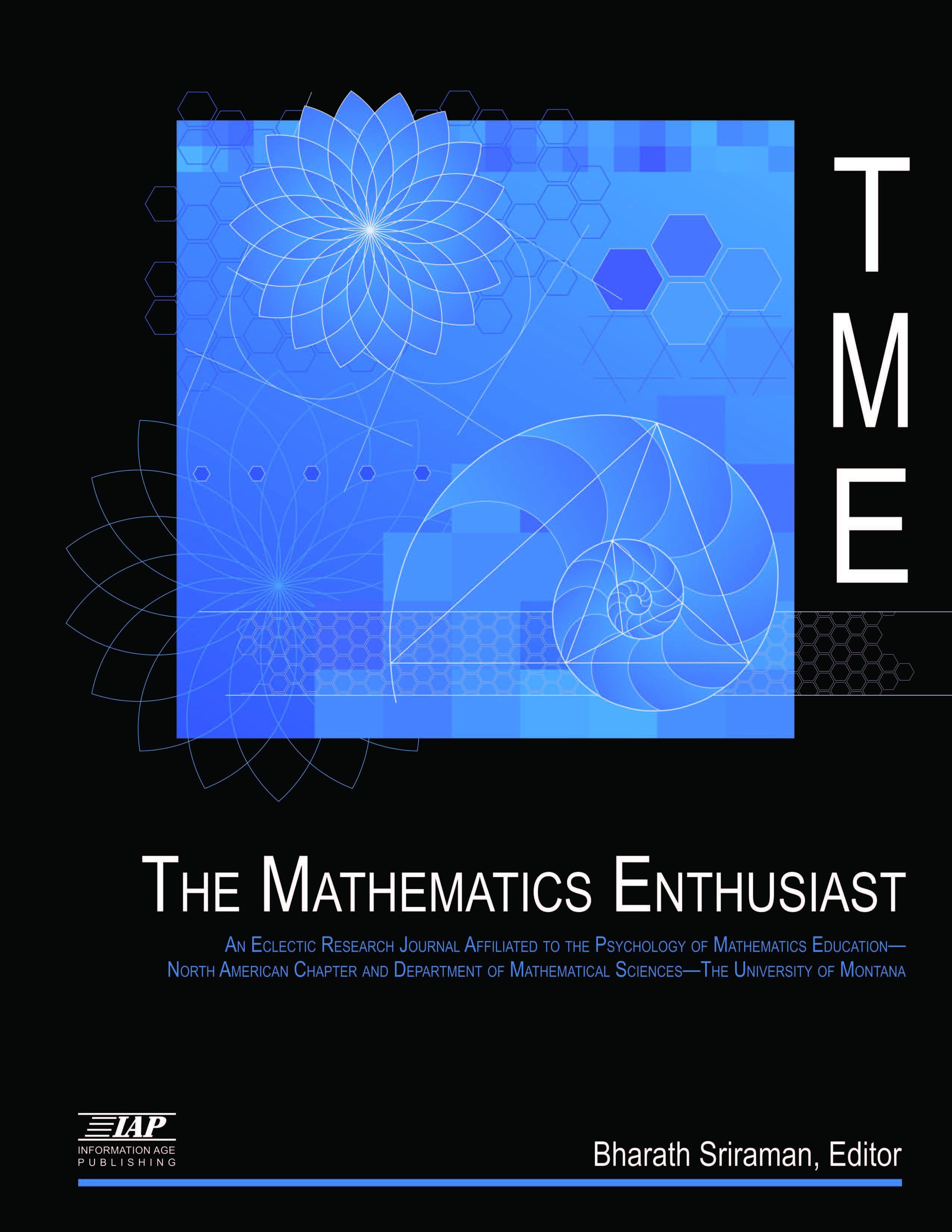
Volume
17
Issue
1
Abstract
Do students see things the same as what mathematics teachers have anticipated? In a light-hearted and inquisitive mode, two fundamental mathematical tasks were administered to 147 pre-university students who newly joined a private college for enrolment into various programs. One task simply required the participants to state the variables in a linear equation and the other attempted to elicit what the participants would naturally perceive from a diagram featuring a straight line crossing the coordinate axes. This study aimed to examine the participants’ perceptual flexibility with mathematical elements without explicit hints. The emergent textual responses were qualitatively classified and the frequencies of the various types of response evaluated. While the two tasks appear to be drearily ordinary to arouse excitement, the data startlingly revealed a wide range of valid and invalid responses from the participants, and some mathematical elements appeared to be more visually implicit or explicit than others to the participants. Specifically, few participants perceived composite functions embedded in the linear equation as variables and even fewer participants noticed a right-angled triangle emerging from the straight line crossing the coordinate axes. The results are discussed from the perceptual perspective of Gestalt psychology, which suggests the participants’ lack of flexibility in mentally reconfiguring perceptual elements. The potential implications for mathematics learning associated with perceptual flexibility are discussed and the instructional efforts that may enhance students’ perceptual flexibility recommended. In particular, we argue that a problem-solving process may require flexible perception of mathematical elements in order to gain access to learned concepts and hence particular solution choices.
First Page
200
Last Page
238
Recommended Citation
Low, Chee Soon and Chew, Cheng Meng
(2020)
"Pre-University Students' Perceptual Flexibility with Mathematical Elements,"
The Mathematics Enthusiast: Vol. 17
:
No.
1
, Article 9.
DOI: https://doi.org/10.54870/1551-3440.1485
Available at:
https://scholarworks.umt.edu/tme/vol17/iss1/9
Digital Object Identifier (DOI)
10.54870/1551-3440.1485
